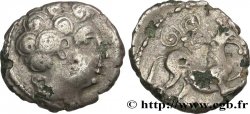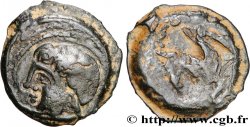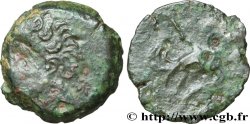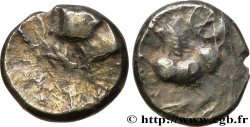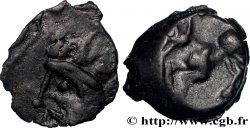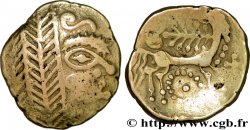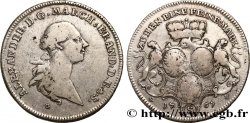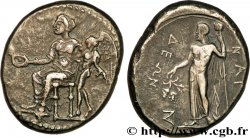Live auction - bga_412303 - GALLIA - ARVERNI (Area of Clermont-Ferrand) Statère d’or à la tête moustachue
Чтобы принять участие в торгах, вы должны войти в систему и стать подтвержденным участником аукциона. Войдите, чтобы сделать ставку. Ваш аккаунт будет подтвержден в течение 48 часов. Не ждите до закрытия торгов, чтобы зарегистрироваться.Сделав ставку на данный товар, вы вступаете в юридическое соглашение на покупку выбранного товара и нажатием кнопки «Сделать ставку» подтверждаете принятие вами условий интернет-аукционов cgb.fr.
Ставка может бить сделана только в полном эквиваленте евро. Торги закроются согласно времени, указанному в описании товара, все ставки, сделанные после закрытия торгов, учитываться не будут. Не следует откладывать предложение вашей ставки до последнего момента, так как система может не успеть обработать вашу заявку, и ваша ставка не будет принята. Более детальную информацию вы найдёте здесь: FAQ по интернет-аукционам.
Все ставки победителей подлежат комиссии 18%.
Все ставки победителей подлежат комиссии 18%.
| Оценить : | 30 000 € |
| Цена : | Нет ставки |
| Максимальная предлагаемая цена : | Нет ставки |
| Конец торгов : | 13 December 2016 14:59:30 |
Тип Statère d’or à la tête moustachue
Дата: c. 120-60 AC.
Металл: gold
Диаметр: 17 mm
Ориентация осей монеты: 12 h.
Вес: 7,69 g.
Редкость: R3
Комментарии о состоянии
Impressionnante monnaie, d’un style rare. Avers idéalement centré et bien conservé, associé à un revers issu d’un coin caractéristique ! Agréable patine de collection ancienne
Ссылки в каталоге: :
Происхождение:
Cet exemplaire provient de la collection François Roche puis André Bernard
Лицевая сторона
Аверс: легенда: ANÉPIGRAPHE.
Аверс: описание: Tête masculine, laurée et moustachue à droite, le sourcil très fortement marqué.
Обратная сторона
Реверс: легенда: ANÉPIGRAPHE.
Реверс: Описание: Cheval au corps très massif à gauche, conduit par un aurige ; motif indéterminé entre les jambes du cheval.
Комментарий
Ce genre de portrait avec une tête moustachue correspond aux monnaies DT. 3369 et 3370 de la série à la rosace perlée... sauf que la position de la rosace ne correspond pas à notre revers !
Ce statère est issu des mêmes coins de droit et de revers que le BN. 3673 repris par D. Nash sous le n° 419. Curieusement, ce type précis ne semble pas avoir été pris en considération dans le récent ouvrage de S. Nietto ?
Le Moneta III, n° 139 est illustré avec l’exemplaire LEU 62, 17 mai 1995, n° 12 (issu des mêmes coins de droit et de revers mais bien moins beau et moins complet que notre statère).
This type of portrait with a mustachioed head corresponds to the coins DT. 3369 and 3370 of the series with the pearl rosette... except that the position of the rosette does not correspond to our reverse! This stater comes from the same obverse and reverse dies as the BN. 3673 taken up by D. Nash under the n° 419. Curiously, this precise type does not seem to have been taken into consideration in the recent work of S. Nietto? Moneta III, n° 139 is illustrated with the copy LEU 62, May 17, 1995, n° 12 (from the same obverse and reverse dies but much less beautiful and less complete than our stater)
Ce statère est issu des mêmes coins de droit et de revers que le BN. 3673 repris par D. Nash sous le n° 419. Curieusement, ce type précis ne semble pas avoir été pris en considération dans le récent ouvrage de S. Nietto ?
Le Moneta III, n° 139 est illustré avec l’exemplaire LEU 62, 17 mai 1995, n° 12 (issu des mêmes coins de droit et de revers mais bien moins beau et moins complet que notre statère).
This type of portrait with a mustachioed head corresponds to the coins DT. 3369 and 3370 of the series with the pearl rosette... except that the position of the rosette does not correspond to our reverse! This stater comes from the same obverse and reverse dies as the BN. 3673 taken up by D. Nash under the n° 419. Curiously, this precise type does not seem to have been taken into consideration in the recent work of S. Nietto? Moneta III, n° 139 is illustrated with the copy LEU 62, May 17, 1995, n° 12 (from the same obverse and reverse dies but much less beautiful and less complete than our stater)







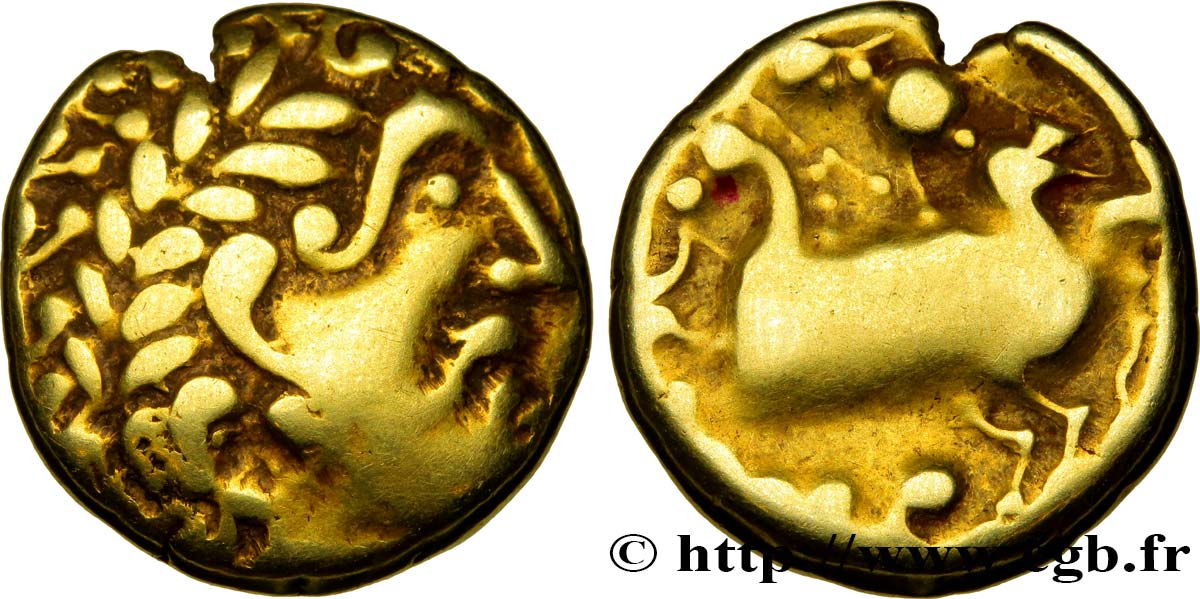
 Cообщить об ошибке
Cообщить об ошибке Распечатать страницу
Распечатать страницу Отправить мой выбор
Отправить мой выбор Задать вопрос
Задать вопрос Consign / sell
Consign / sell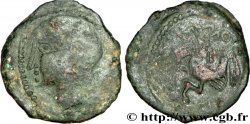
 Информация
Информация